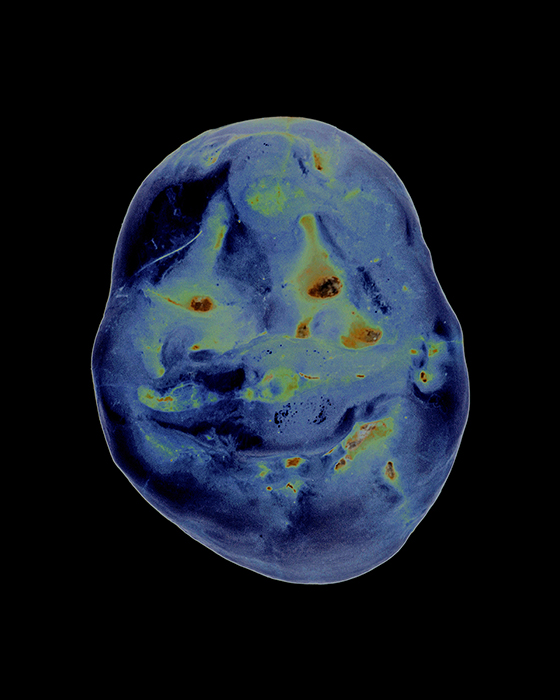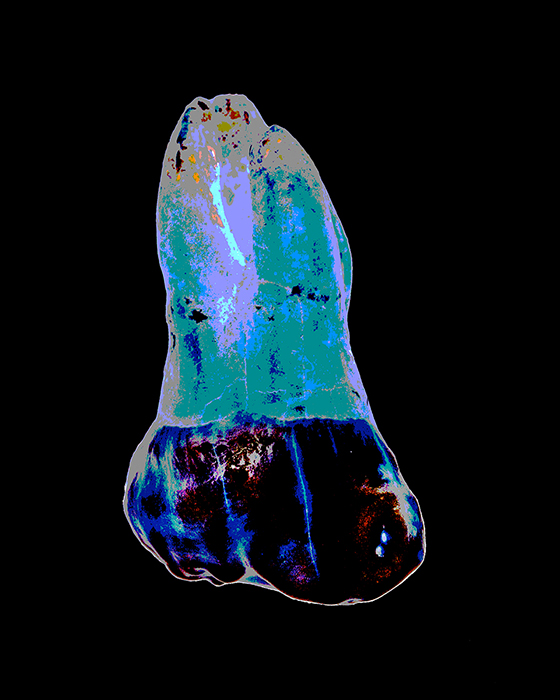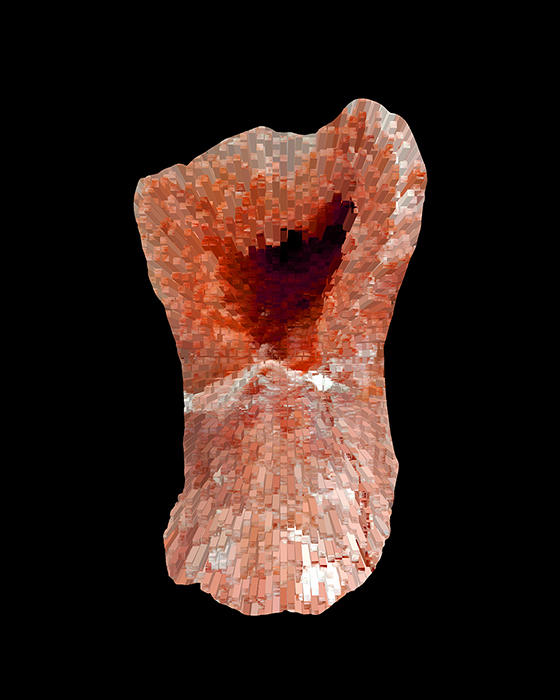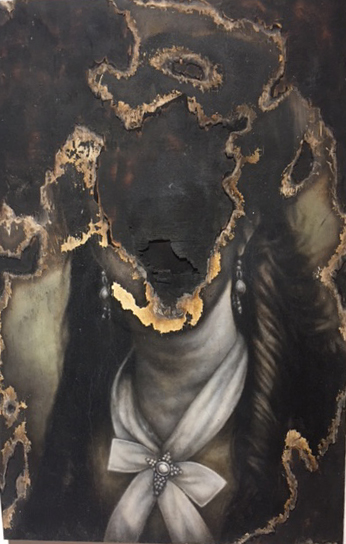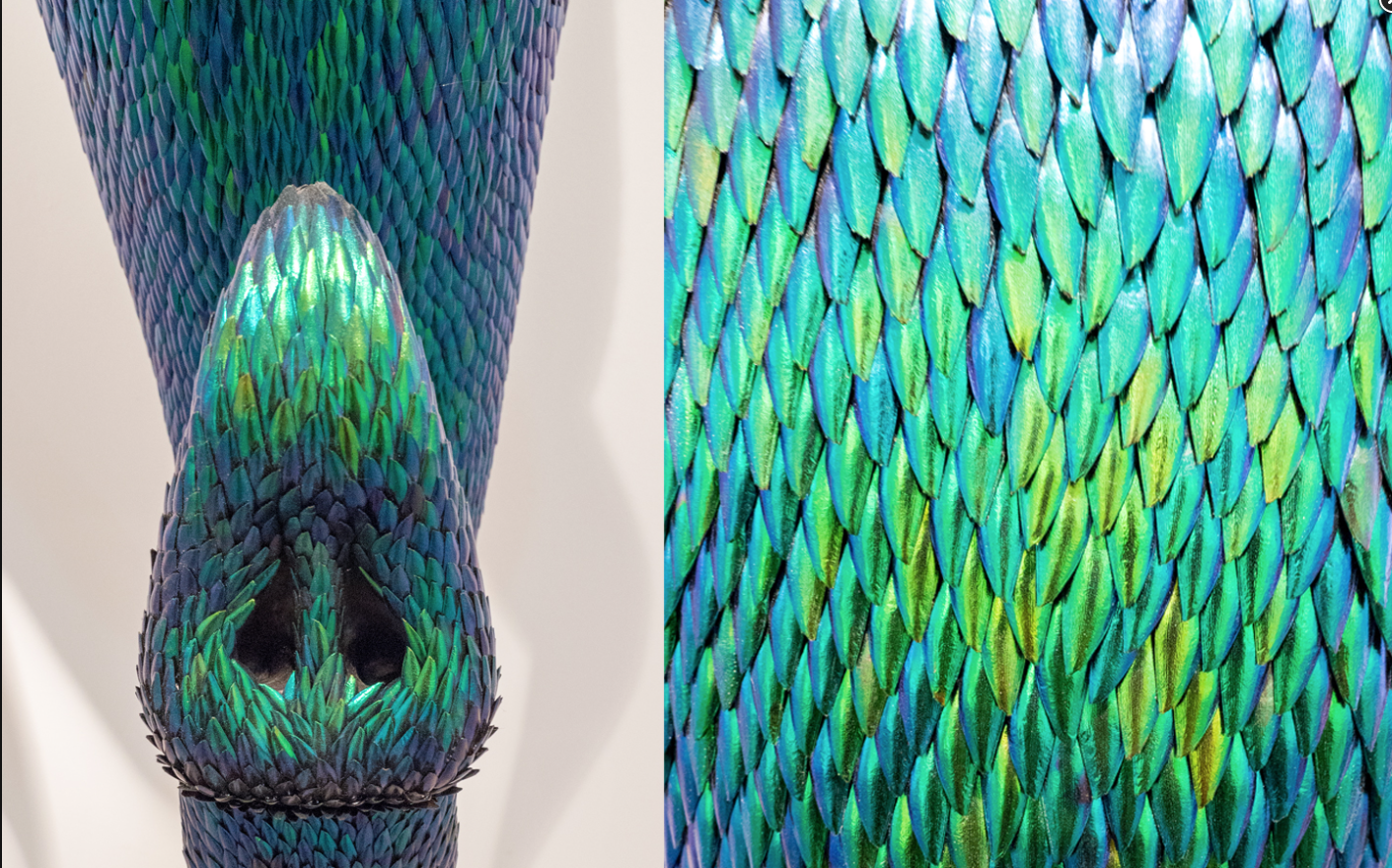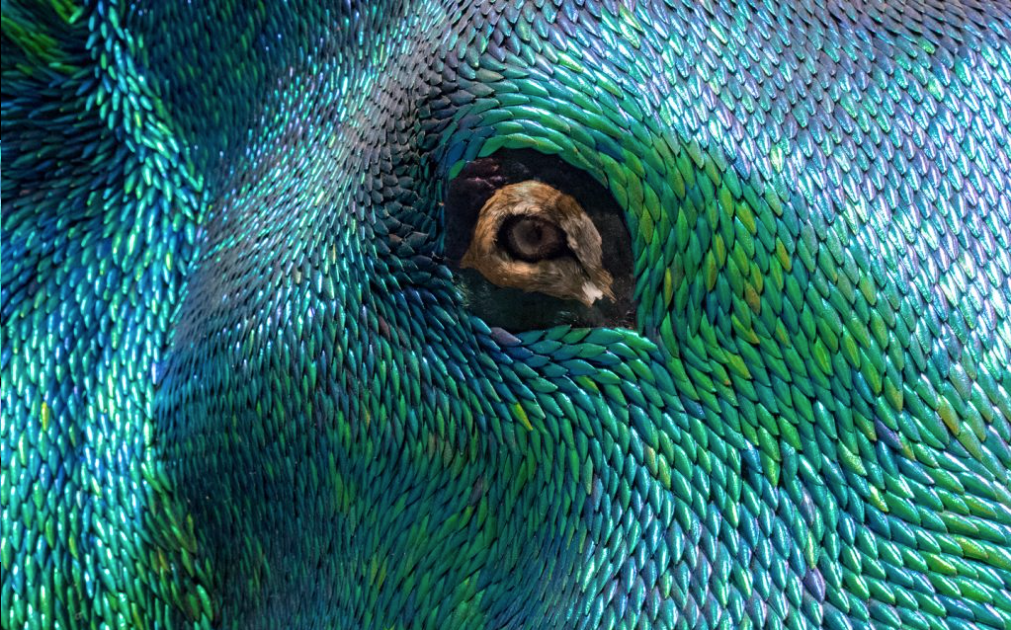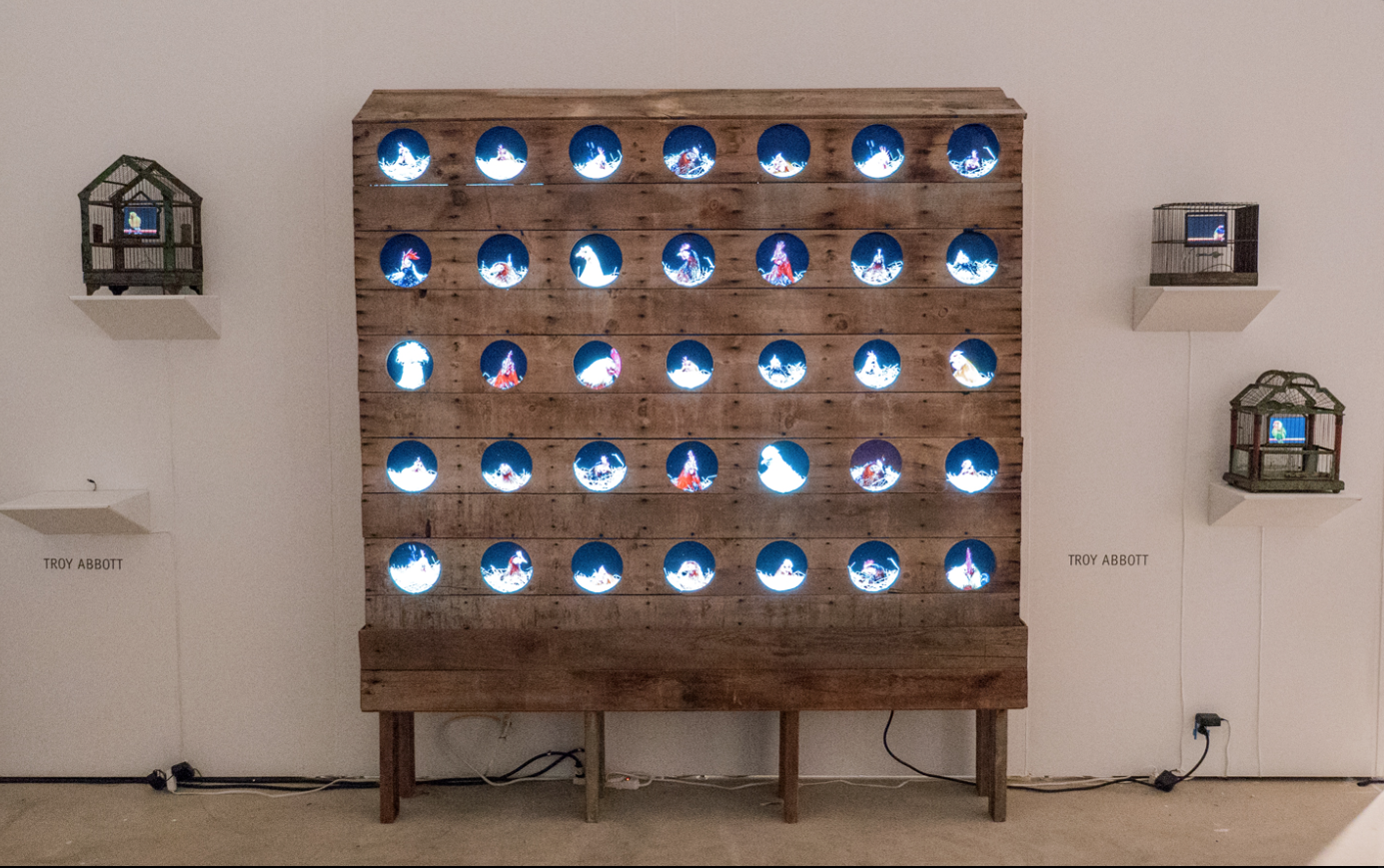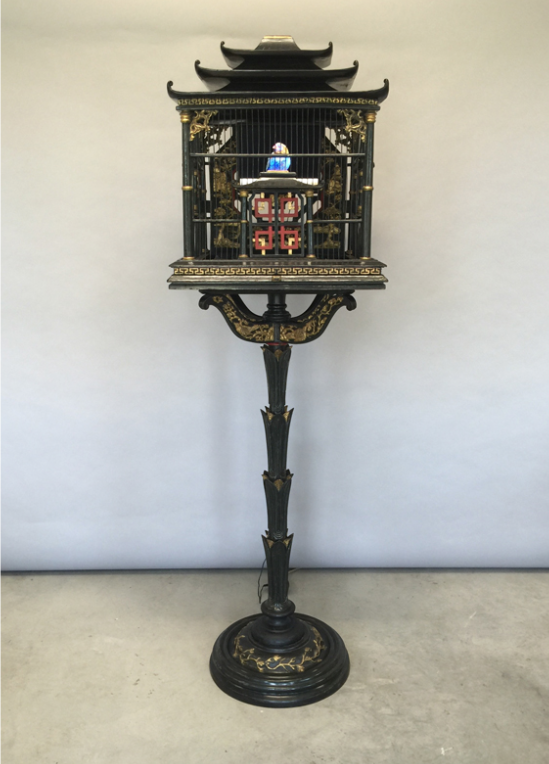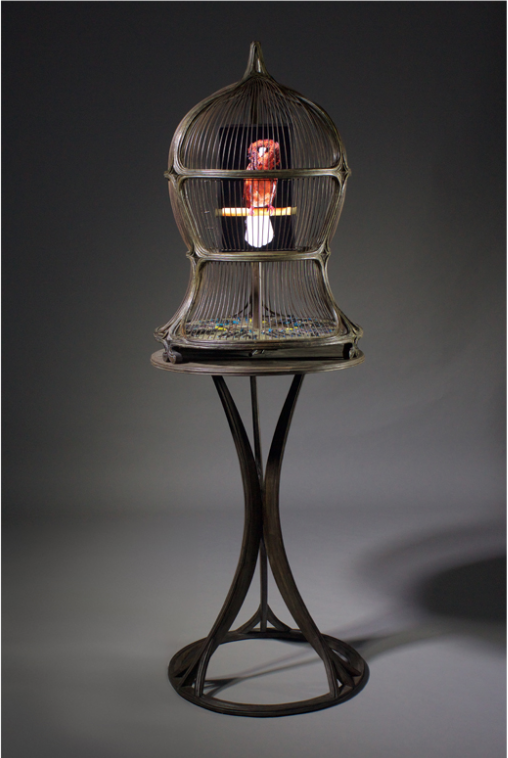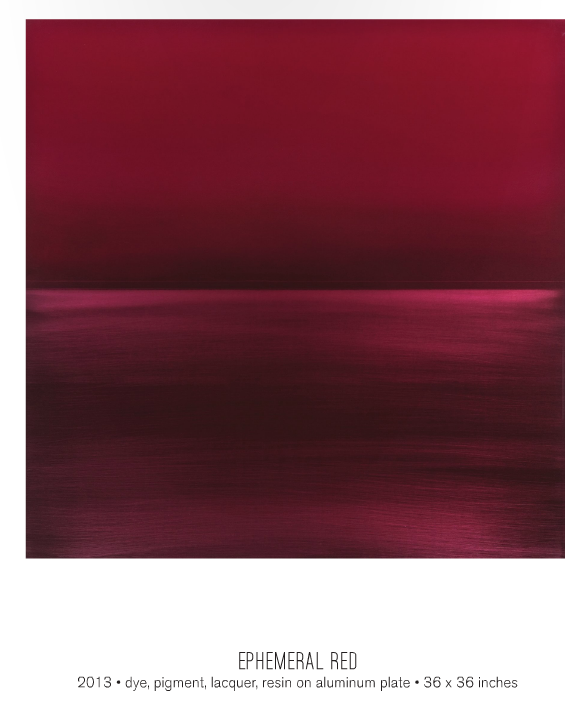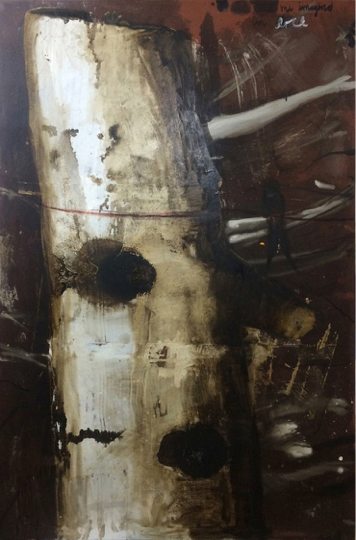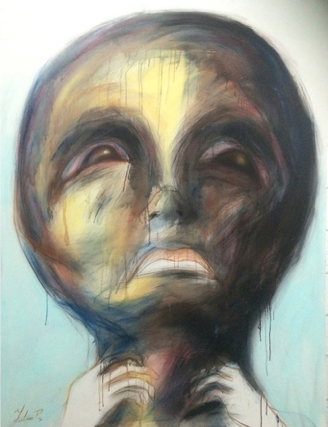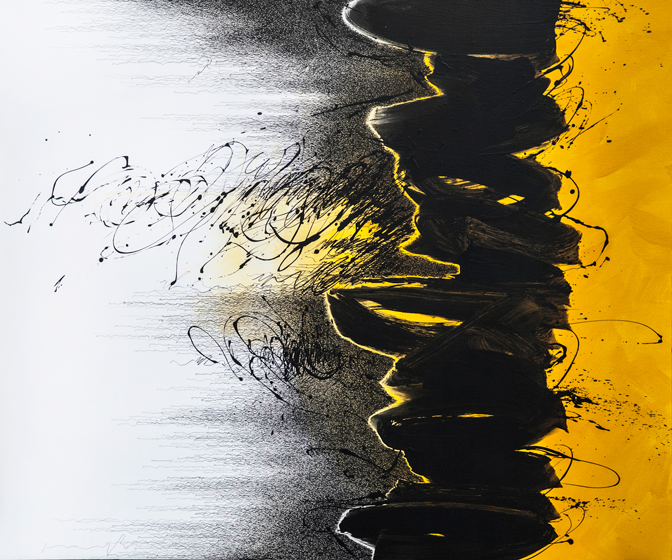PANORAMA MESDAG OPENING OCT 15th
BV Panorama Mesdag
Zeestraat 65
2518 AADen Haag
October 5/6, 2016 Start installation exhibition
October 13, 2016 Press presentation
October 15, 2016 OPENING
March 26, 2017 End of exhibition
JEREMY KIDD (b. UK, 1962)
As a grandson of the famous sculptor Barbara Hepworth (1903-1975) & Ben Nicholson (1894-1982) Jeremy Kidd began his career as a sculptor and painter. When digital photography (invented in 1975) became accessible around 1990, Kidd was one of the first artists to experiment with the medium. Photography had been accepted as a fully-fledged medium in the visual arts since the 1980s but at this point it entered a new phase.
Travel is central to Kidd’s work, and his road trip around the United States was a primary source of inspiration. Thinking of the 19th-century settlers who had pushed on towards the West, Kidd became impressed by both the natural and urban landscapes through which he passed and the contrasts between them. A characteristic feature of his works, with their intense colours, is the physical appearance of the photographs, with capricious cut-out shapes and undulating surfaces, for instance. The physical shape of his photographs is one with their content and their visual qualities, and emphasises the nature of the location depicted as well the process of reassembling the multiple photographs.
Kidd sees it as a limitation of photography that it cannot reproduce the actual viewing experience. That is why he takes large numbers of photographs, subsequently blending them to make a single convincing image. The true visual experience is a collaboration between eyes and memory. For instance, when you look at a tree, your gaze is supplemented by previous observations that enable you to become conscious of that tree’s overall shape. A single image is therefore not enough, and with this in mind, Kidd developed his own perspective in gazing at the landscape. He invites you to experience the unique dynamic energy of the city or the natural world through his art.
CAPTIONS JK
Jeremy Kidd makes his ‘panoramic sketches’ with a smartphone as he wanders around the city or the countryside. These digital sketches then serve as a point of departure for the later artwork. He studies the chosen location day and night for an entire week, and using a DSLR or Mirrorless Digital Camera and various lenses, records the chosen spot with hundreds of photographs from which he then selects a few dozen for a finished piece. The next stage is to use photo editing software to create his new interpretation of the landscape, a process that takes an average of three months. In the final stage the work is given its specific shape as well as the lustrous finish that adds even greater intensity to the brilliant colours and gives Kidd’s work an almost filmic quality
CITYSCAPE
Jeremy Kidd depicts both natural and urban landscapes in his work. The images that stand out most clearly are complex photographs of major cities. Architecture is an old theme in photography: the immovability and clear structure of buildings exert great appeal. Yet it is these core values that Kidd completely overturns. Streets unfold beyond the ‘ordinary’ frame of a photograph, drawing the viewer’s gaze inward. His photographs contain a plethora of details, light and colour contrasts, and sometimes day and nocturnal scenes blended together. Kidd’s distortions of buildings and his mixed vantage points soon sow confusion, prompting questions as to what you are looking at. To Kidd the former sculptor it is not the beauty of buildings but their shapes and light contrasts that make them interesting as sculptural elements in a photograph. He depicts busy cities without people in them, and yet the dramatic quality that is created displays their true quality as lively cities.
Kidd sees his work as related to the sublime. In the late eighteenth and early nineteenth centuries, artists tried to depict the feelings that the expansive, beautiful and at the same time menacing natural world aroused in them, linking these feelings to the insignificance of human beings. Kidd’s work does not evoke a sense of unease or danger, but it does convey the uncontrollable nature of the man-made city. As viewers we have never seen the city like this: through Kidd’s eyes the images are overwhelming – and indeed partake of the sublime.
NATURAL LANDSCAPE
As a painter, Kidd is conscious of the history of painting and draws inspiration from it in his work as a photographer. Kidd was deeply moved by the grandeur and drama of the American landscape. He felt an affinity with the nineteenth-century Romantic painters of the Hudson River School. They painted grand, idealised landscapes around the Hudson River in New York State, frequently with dramatic skies, as are also found in Kidd’s work.
Kidd incorporates the elements of time and movement into his work. He shoots photographs of the same place over a long period of time and then incorporates the different times and conditions into his artwork. The Impressionists too sometimes made several paintings of the same place. Like traditional landscape painters, Kidd elaborates the ‘sketches’ he has made outside later in the studio.
Kidd’s work testifies clearly to his early training as a sculptor. The physical shape, undulations and cutouts make the photograph into what is virtually a wall sculpture. These devices encourage the viewer to think about what a photograph is, in much the same way that modern painters experimented and reflected on the essence of a painting. In some of Kidd’s works (not displayed here) he quotes elements from the landscape by adding sculptures to the photographic installations. This creates an interesting tension between traditional photography and sculpture.
KIDD & MESDAG
In the months of preparation that would culminate in the making of his panorama, Hendrik Willem Mesdag (1831-1915) used not only his own sketches but also photographs of the area around the Seinpost Dune in Scheveningen. These he commissioned in 1880 from Heinrich Wilhelm Wollrabe (1843–1928), whose photographs show some of the details that can be seen in the panorama.
Jeremy Kidd in turn studied the same area around the Seinpost Dune and created a spectacular impression of Scheveningen especially for this exhibition. The spaces between the freestanding buildings in the panorama have since been completely filled in. With the aid of colour and light contrasts, Kidd nonetheless manages to subtly accentuate these monumental old buildings.
If you look closely at Scheveningen Pier I (red rooms) you will be struck by the patch of light in the sky (distress flare) that appears above the bright lights around the end of the pier. But this is a different quality of light than that of the festive boulevard with the silhouette of the famous Kurhaus. Here Kidd has captured a rescue operation at sea, just as Mesdag too depicted several ships in distress in his day.
In the artworks depicting Scheveningen that Kidd made for this exhibition we see his familiar themes of the city and the natural world. But there is also an allusion to the career of Hendrik Willem Mesdag. For he too focused on cityscapes as a young man, before he became known as the famous painter of the North Sea coast and the life of Scheveningen fishing village.


